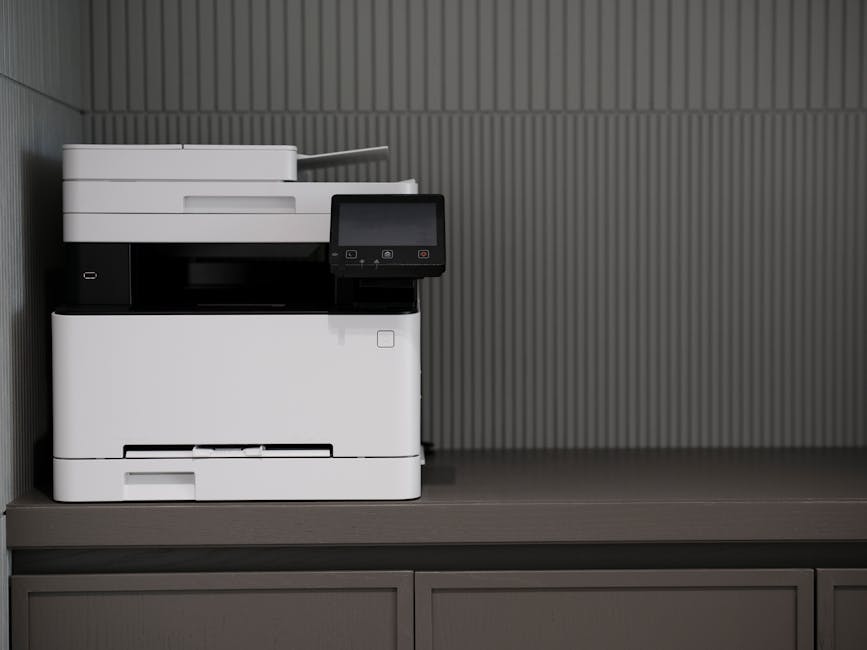Overview of Different Printing Solutions
Overview of Different Printing Solutions
Blog Article

Finding the right printing solution is essential for anyone looking to produce high-quality printed materials. Whether for personal projects, business needs, or creative endeavors, the choice of printing method can significantly impact the final outcome. Understanding the various printing options available, along with the key factors that influence your choice, can help ensure that you select the most appropriate solution for your specific requirements. In this article, we will explore the different types of printing solutions, considerations for choosing the right one, and emerging technologies that are shaping the future of the printing industry.
Overview of Different Printing Solutions
Printing solutions can be broadly categorized into traditional and digital methods. Traditional printing techniques include offset printing, flexography, and screen printing. These methods are often used for large-scale production runs and are known for their ability to deliver consistent quality across numerous prints. Offset printing, for instance, is commonly used for magazines, brochures, and other materials requiring high-quality images and text. Flexography is widely used for packaging materials, while screen printing is popular for textiles and promotional items.
On the other hand, digital printing solutions have gained popularity for their versatility and quick turnaround times. Digital printing methods, such as inkjet and laser printing, allow for shorter print runs and customization options without the need for extensive setup. This makes them ideal for businesses that require on-demand printing services, such as marketing materials, business cards, or personalized items. Digital printing has also improved in quality over the years, making it a viable option for a variety of applications.
Choosing the Right Printing Solution for Your Needs
When selecting a printing solution, several key factors should be considered to ensure that the chosen method aligns with your project goals. One of the most important considerations is cost. Traditional printing methods may have lower per-unit costs for large quantities, but digital printing can be more economical for smaller runs. Assessing your budget will help you determine the most cost-effective option for your needs.
Quality is another critical factor. The type of material being printed, the intended use, and the desired finish can all influence the quality of the final product. For example, high-resolution images may require digital printing for the best results, while text-heavy documents might be more suited to traditional methods. Additionally, consider the speed of the printing solution. If you have tight deadlines, digital printing services often provide faster turnaround times, allowing for quick adjustments and on-demand printing.
Furthermore, consider the environmental impact of your printing solution. Some methods utilize eco-friendly materials and processes, which can be an important factor for businesses aiming to reduce their carbon footprint. Researching suppliers who prioritize sustainability can lead to better choices for environmentally conscious printing.
Innovative Printing Technologies and Trends
The printing industry is continually evolving, with innovative technologies and trends shaping the landscape. One notable trend is the rise of 3D printing, which allows for the creation of three-dimensional objects from digital files. This technology is transforming industries such as manufacturing, healthcare, and design, providing unprecedented opportunities for customization and rapid prototyping.
Another exciting development is the integration of augmented reality (AR) with print media. By combining traditional printed materials with digital content, businesses can create engaging and interactive experiences for their audience. This trend not only enhances the effectiveness of marketing materials but also allows for a more immersive user experience.
As sustainability becomes increasingly important, advancements in eco-friendly inks and materials are also gaining attention. These innovations aim to reduce the environmental impact of printing while still delivering high-quality results. Staying informed about these emerging trends can help you leverage the latest technologies to enhance your printing projects.
In conclusion, selecting the right printing solution involves understanding the various options available, considering key factors such as cost, quality, and speed, and keeping abreast of innovative technologies shaping the industry. By making informed choices, you can ensure that your printing needs are met effectively. For more information on a wide range of printing solutions, consider exploring printing services that cater to your specific requirements.
Report this page